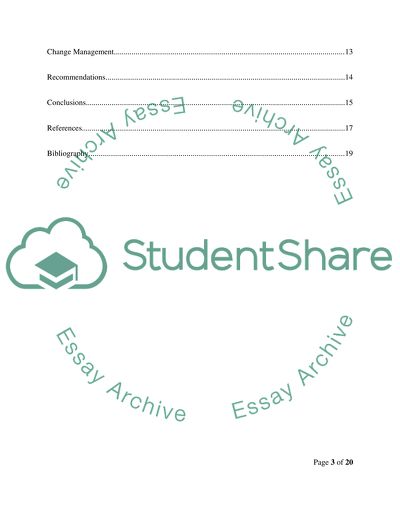Cite this document
(“Company going through a change process (Crave Outsourcing) - Apply Literature review”, n.d.)
Retrieved from https://studentshare.org/gender-sexual-studies/1420892-company-going-through-a-change-process-crave
Retrieved from https://studentshare.org/gender-sexual-studies/1420892-company-going-through-a-change-process-crave
(Company Going through a Change Process (Crave Outsourcing) - Apply Literature Review)
https://studentshare.org/gender-sexual-studies/1420892-company-going-through-a-change-process-crave.
https://studentshare.org/gender-sexual-studies/1420892-company-going-through-a-change-process-crave.
“Company Going through a Change Process (Crave Outsourcing) - Apply Literature Review”, n.d. https://studentshare.org/gender-sexual-studies/1420892-company-going-through-a-change-process-crave.


